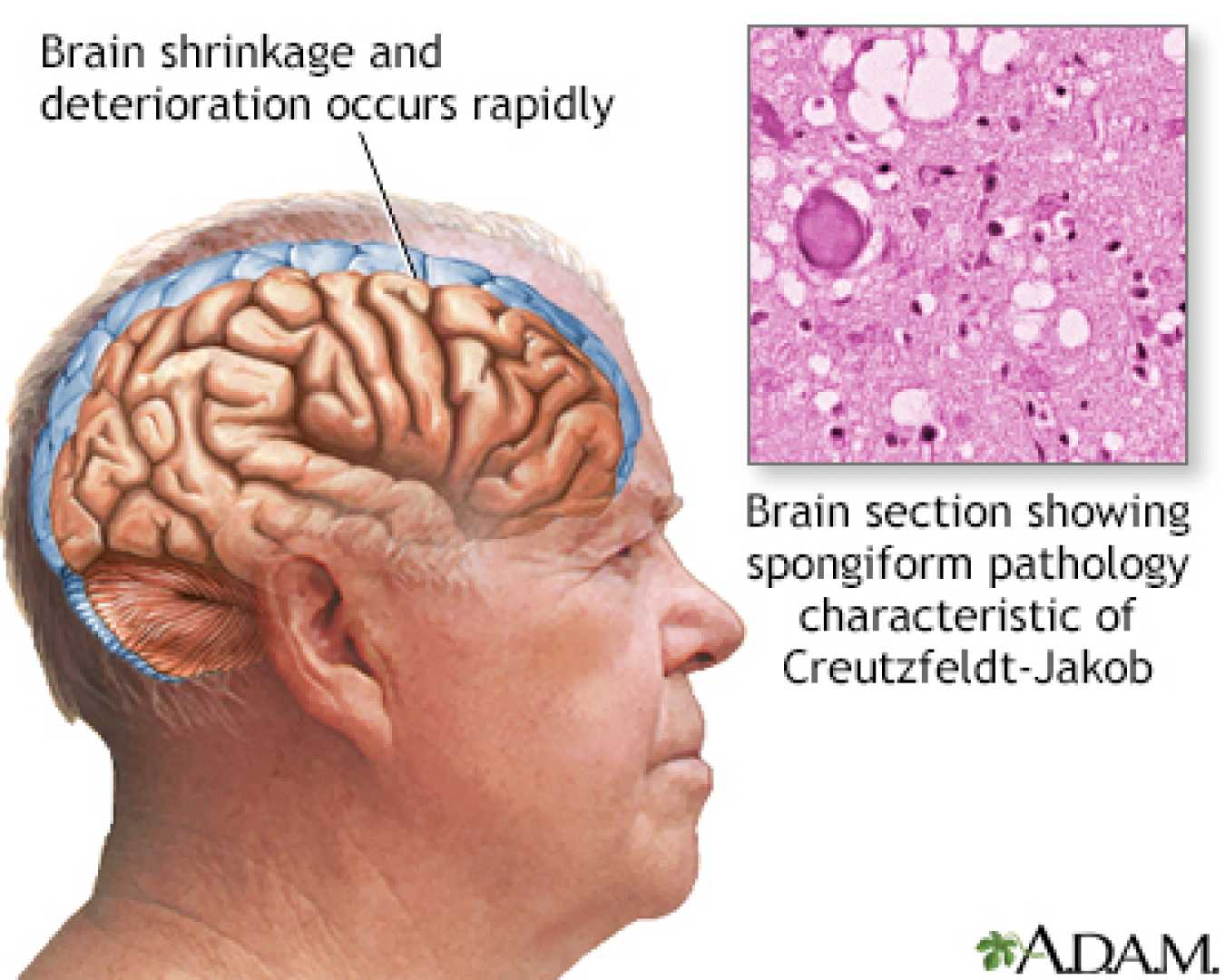Health
Woman Dies After 50-Year Latency of Contaminated Growth Hormone Treatment

DENVER, Colorado — A 58-year-old woman has died from iatrogenic Creutzfeldt-Jakob disease (iCJD), potentially linked to contaminated human growth hormone treatment she received nearly 50 years ago, according to a study published in the journal Emerging Infectious Diseases.
The patient sought medical help after experiencing gait imbalance and tremors that developed just two weeks before her hospitalization. She received cadaver-derived human growth hormone (chGH) for 9.3 years, starting at age 7.
Prion diseases, like iCJD, are fatal neurological conditions caused by misfolded proteins. The study notes that chGH was provided to around 7,700 patients in the U.S. from the 1960s to the 1980s, necessitating a stop in its production after an outbreak of CJD linked to the hormone was initially recognized in 1985.
This patient marks the 36th case of iCJD among U.S. NHPP chGH recipients and the 254th case worldwide, as of January 2024. After declining health symptoms, including urinary incontinence and tremors, she was intubated but remained unresponsive. An autopsy confirmed the diagnosis of CJD, ruling out other genetic factors.
Her symptoms emerged at an estimated latency of 48.3 years since her initial chGH treatment. Researchers indicated that because of the relatively long latency for these cases, clinicians should consider iCJD as a possible diagnosis for patients with new neurological symptoms and previous chGH exposure.
The report highlights a reality about the low occurrence of CJD worldwide, pointing to a concerning but slow progression of prion-related diseases. The authors stress vigilance among healthcare providers for similar cases that could arise, especially among those treated with chGH before 1977.












